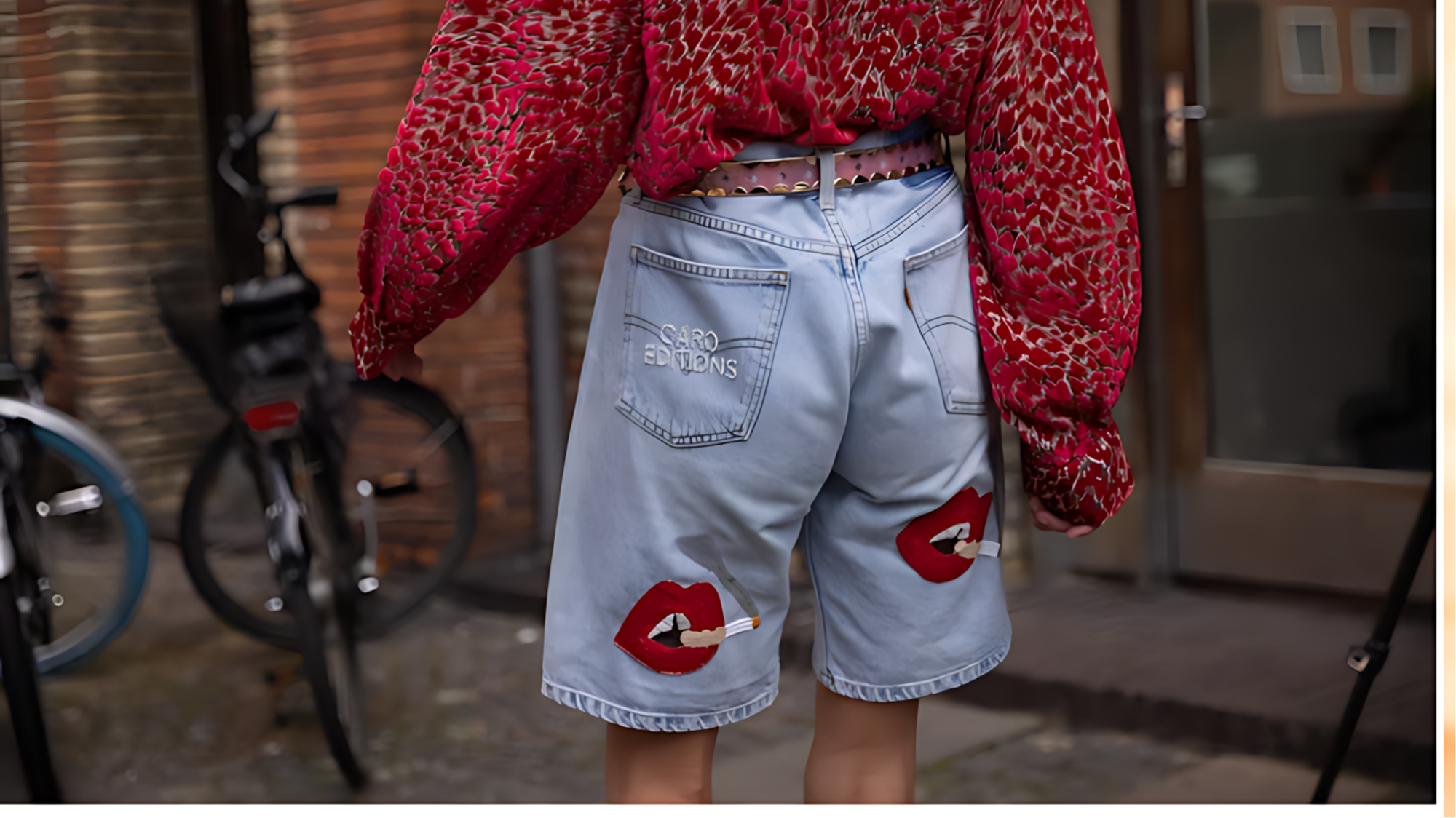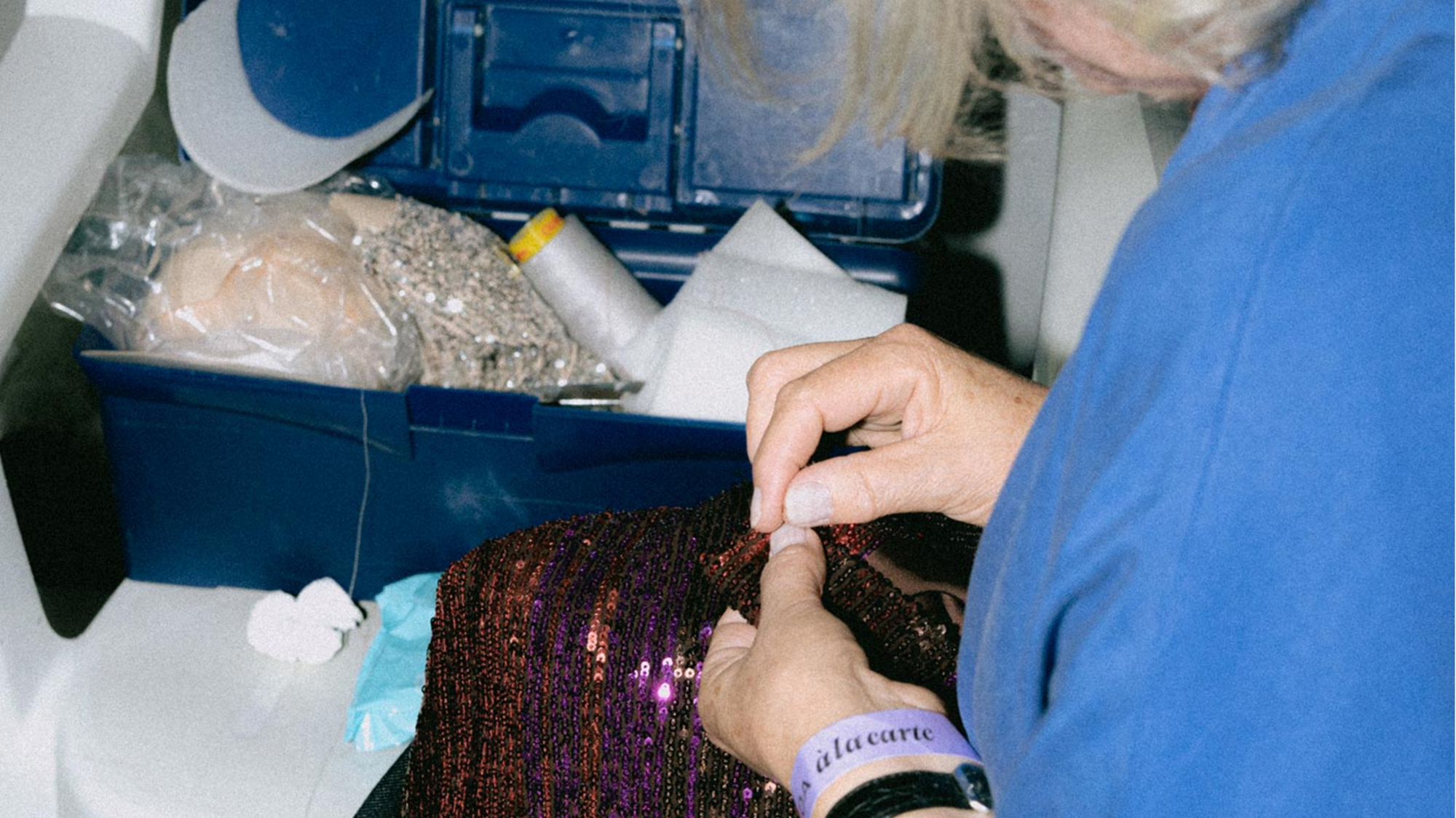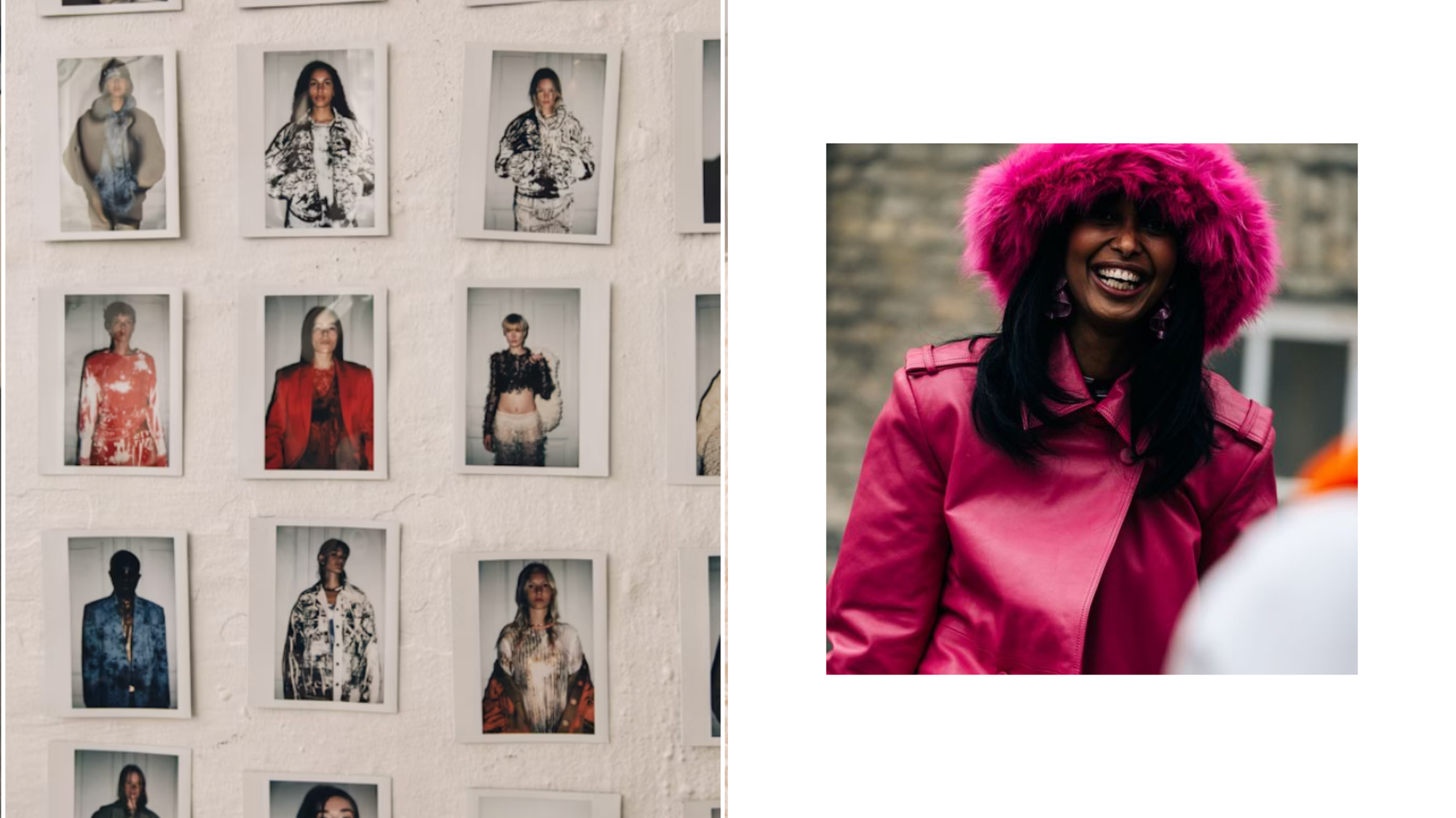Lisboa and Copenhagen - Fashion Weeks chronicle

When writing a dissertation about Lisbon Fashion Week, this first week of the newsletter was a “visit” to some of these texts. There is always a need to analyze other case studies. As is Copenhagen Fashion Week, which is also an independent fashion week.
And, in such a context, we always have to have references that support what we write... Ok, I had to find a good help, avalid help. To create a contextual silhouette. Decide which pieces the look of such silhouette was composed of and finally, compare it with my other written and metaphorical look, my "object of study" (sorry, all academics but I have to let go of moorings...).

What help did I choose? That's the question that echoes, I hope so, because this newsletter is still a monologue, so let's go. I'll take advantage of this aside to confess one thing, two things actually: Standup really comes from the humor I use at the comments I make about certain things to a great friend, she was the one who came up with the name; secondly - I know that academic texts are a bit boring, but I was afraid to mess with my masterpiece. Thank God (insert another name or denomination according to belief or religion) there is friendship to wake us up, and I have an incredible army, that will be for another newsletter, perhaps.
Vera Lúcia, answer the question! The help was a book, calm down, I know I'm trying to convince half a metatarsus that a digital publication is something incredible, but digital libraries are incredible - and it was on a virtual bookshelf that I found Katrina Sark and her book "Copenhagen Chic - A Locational History of Copenhagen Fashion" (2023).
For those who research and like to read, but have a deadline to meet, have the training of deadlines from Fashion Design school (present), have to look at a book, do super sonic skimming and understand whether it is the one or not, bibliographically, of course.
Fashion Culture vs Fashion System
What made Sark's book the one? The distinction he makes between Fashion Culture and Fashion System. Having clarified and demonstrated how much of a fashion geek I am, I will explain the issue.
Fashion culture is a continuous flow that extends beyond economic fluctuations or the consequences of political decisions.

Fashion culture will exist as long as there are human beings. As a system — namely Fashion, formulated by several components, components that may collapse - through events such as pandemics or wars, two realities that affect our present and our recent past.
The System I am referring to is made up of: events, companies, brands, manufacturing industries, workshops, schools, publications, written and multi-format press.
The fifth capital of fashion
With the silhouettes defined, the ModaLisboa - Lisbon Fashion Week route already explored, it is time to understand what is behind Copenhagen Fashion Week. Part of it is financing and policies.
When, in 2005, the implementation of policies aimed at Fashion by the Government of Denmark appeared to be a disruptive act, and although it was the first Scandinavian country to do so, similar actions had already been put into practice in other parts of the world. The objective of such capital injections was to become the fifth world capital of Fashion, and the concept of a fashion city was not enough. Most of the candidates studied by Sark (2023) failed to achieve this ambition, as their subsidiary source dried up before reaching the goal.

These candidates include Montreal, Berlin, Vienna and Copenhagen. The following were established as defining components of a fashion city: local designers, suppliers and manufacturing industry, retailers and boutiques, fashion events and festivals, fashion museums. As well as organizations specialized in fashion that promote designers and the fashion industry, fashion schools, fashion magazines, professionals in the field (photographers, models, stylists, among others) and trade shows.
It is important to be aware that in Lisbon, it was the “Fashion event” component that was the lever for all the others.
Lisboa Fashion Week e Copenhagen Fashion Week
And it was after the emergence of ModaLisboa and with the organization's constituents and with designers who formulate the calendar, that the first degree in Fashion Design was born in Portugal in 1992, at the School of Architecture of the Technical University of Lisbon.
And we cannot forget a pertinent issue - the issue of the Portuguese textile industry, while the countries that the aforementioned cities are part of are not expressively recognized for their textile industry, Portugal actually is.

I also cannot forget that I am writing an adaptation of an excerpt from an academic text, and in the Academy everything is contextualized, but we will go from the whole to the part.
Our "part" is actually an "everything" - contextualizing everything, better contextualizing everything that encompasses independent Fashion Weeks - after all, it was because it is a good comparative example that Copenhagen was chosen, let's take into account what Stark (2023) says about Fashion Weeks. At the same time that the positioning of Copenhagen Fashion Week becomes more explicit, as we can understand such actions, it can be considered a direct counterpart of ModaLisboa, the latter having been the precursor of the path that CFW would follow.
Now, let us check what is stated in the chapter “Fashion Sustainability” of the aforementioned book, in the section dedicated to how Danish Fashion entered the “experience economy” (Sark, 2023, p. 79):
“Although few fashion weeks threatened the top tier of Paris, Milan, New York and London, in the Danish fashion industry, ambitions to position CFW near the top of the hierarchy in terms of cultural influence and economic activities prompted the concept of a fifth fashion cluster. These ambitions were eventually abandoned, but the efforts to bolster CFW led to a heightened focus locally on the event and its position in city branding, as new events were introduced to allow the wider public into the usually closed-off world of fashion.”
Thanks to the words of the author I mentioned, I was able to explain that Fashion Weeks are very important for the System, both at a symbolic and practical level.
The symbolism is based on the establishment and continuity of hierarchies, both in terms of styles and trends, as well as brands and designers. In practical terms, Fashion Weeks are the bridge that connects designers to the press and buyers, especially when presenting their collections.
Sark herself uses words other than her own - the words of Skorv (2006), who states that the growth of the relevance of the Fashion Week format, which occurred in the second half of the 20th century, led to the fact that, in the early 2000s, such events, which take place all over the world, became cultural landmarks on three distinct levels: regional, national and global. The Danish professor, mentioned first, argues that, along with such proliferation, competition between Fashion Weeks became proportional.
All these voices and paths have allowed me to see that ModaLisboa is a pioneer. And, before the city itself became one of the biggest tourist spots in Europe, ModaLisboa was already promoting the city and working towards transforming it into a creative city and a fashion cluster.
There is awareness of the possible contradiction based on the fact that Copenhagen Fashion Week has significantly greater media coverage than Lisbon, a media exposure that extends to the Danish brands participating in the event.
However, as outlined by the author, which I have already mentioned several times, CFW's peak was largely based on the work of its CEO, Cecilie Thorsmark, appointed to the position in 2018. It is therefore important to consider that sustained work that lasts over time may be more advantageous in the long term than a peak based on a change in leadership that emerged in a relatively short space of time.
Teaching and the Fashion Cluster
Regarding education, one of the criteria for building a cluster. As we have discussed over time, in addition to ModaLisboa, by providing educational moments to students from various schools, through fast talks, workshops and masterclasses, it is also a catalyst for events within the academic environment, more precisely — at the School of Architecture of the University of Lisbon, Faul.
Obviously, Abbondanza's vision regarding teaching was not addressed in vain either; the emphasis given to giving practical examples to his students, transmitting knowledge through conversations, without PowerPoints, but through dialogue is not inconsequential.

All of this contributes to preparing and training fashion professionals, and not students who simply meet the criteria of the briefings they receive. We have brought all of this back to life, so that it is clearly present, facilitating the inference that these factors are in fact in line with what “Copenhagen Chic” demonstrates to be the needs of the new generations of students:
"What the new generation of fashion and design students need is a holistic understanding of history, environmental and social sustainability, critical media literacy, knowledge of theoretical frameworks to make their analytical work more informed and grounded, and a global perspective and digital skills that transcend the classroom.”
Stark also argues about the great responsibility inherent in the current panorama, which lies in the actions of teachers who teach in the area of Fashion, to give young students the tools that will enable them to reformulate the global Fashion industry with a view to the necessary changes from a social point of view and towards sustainability. And I agree!
